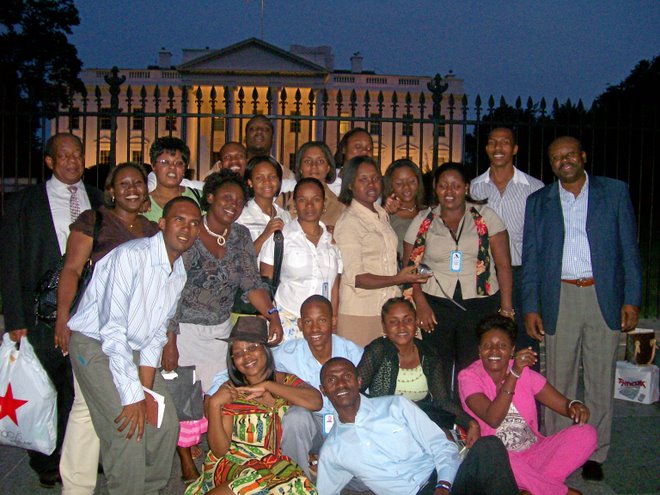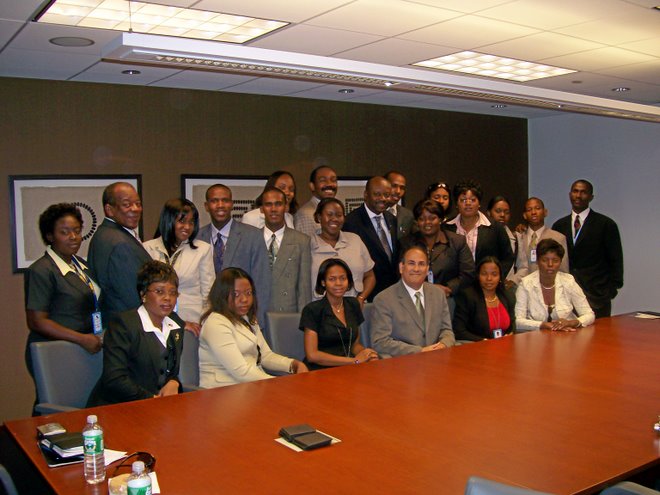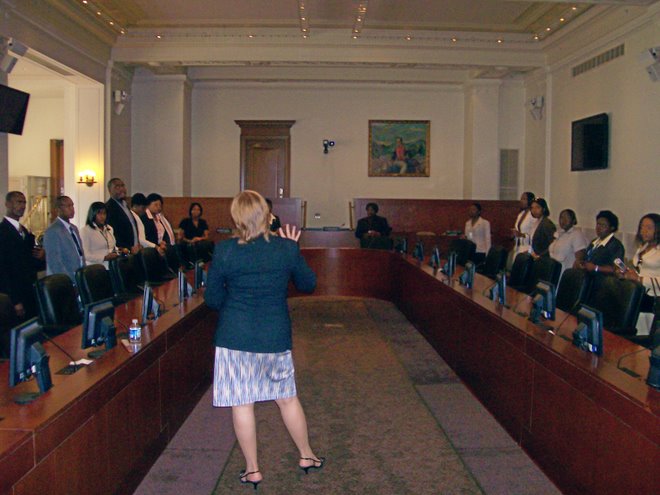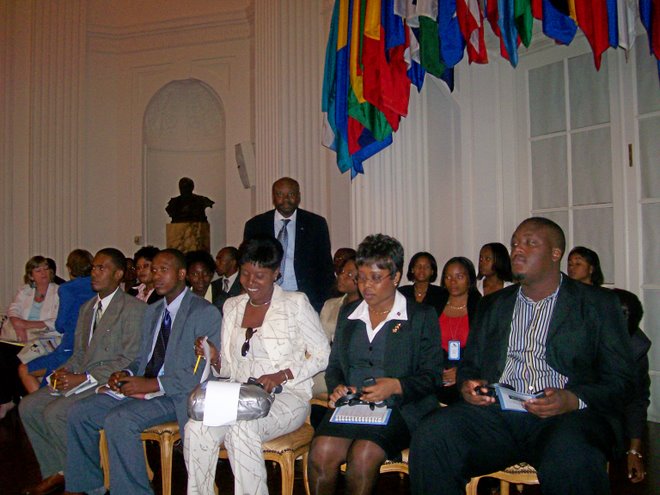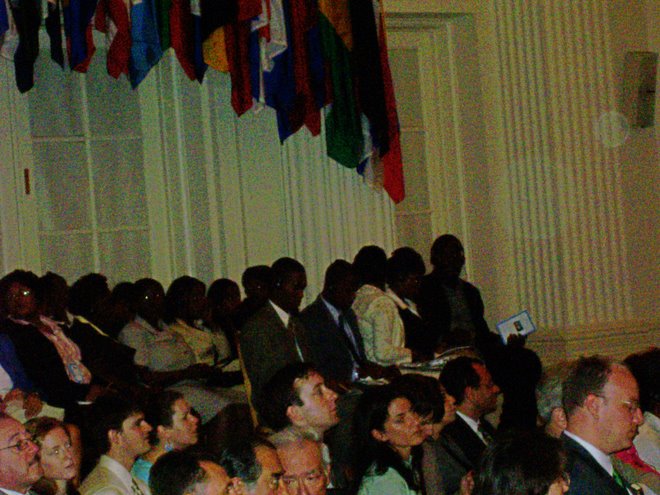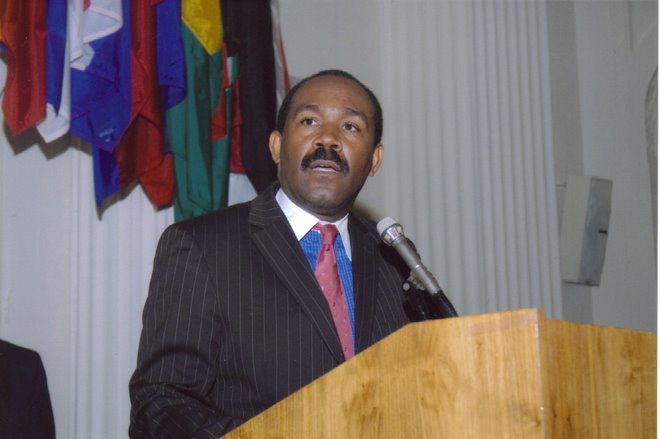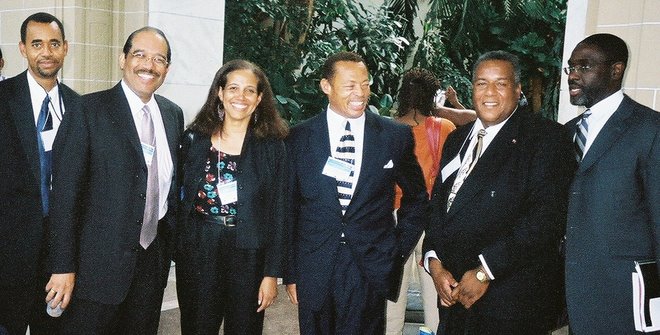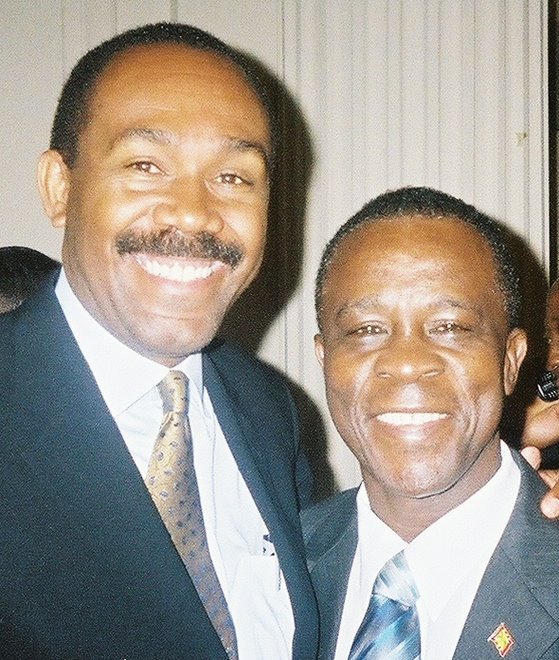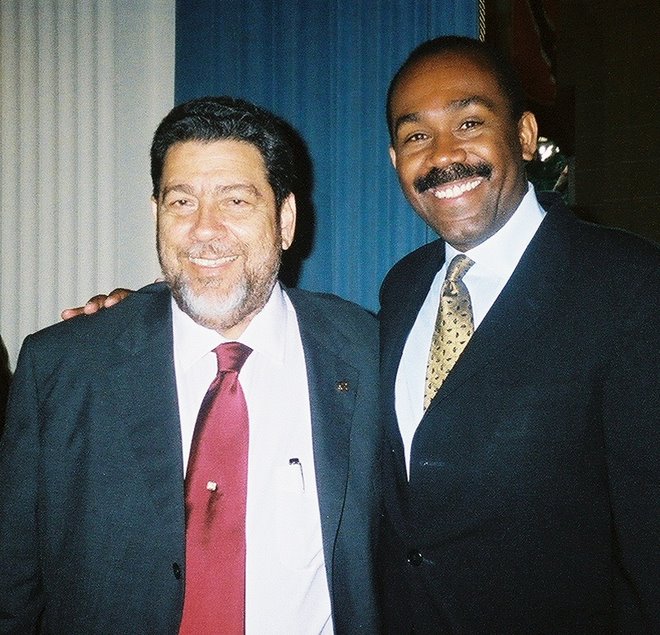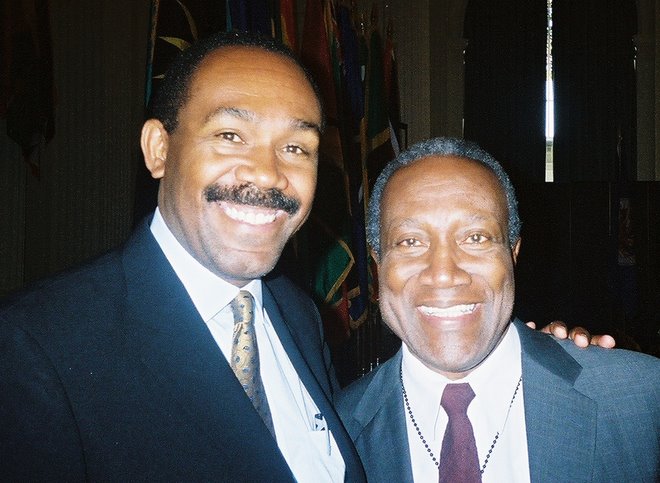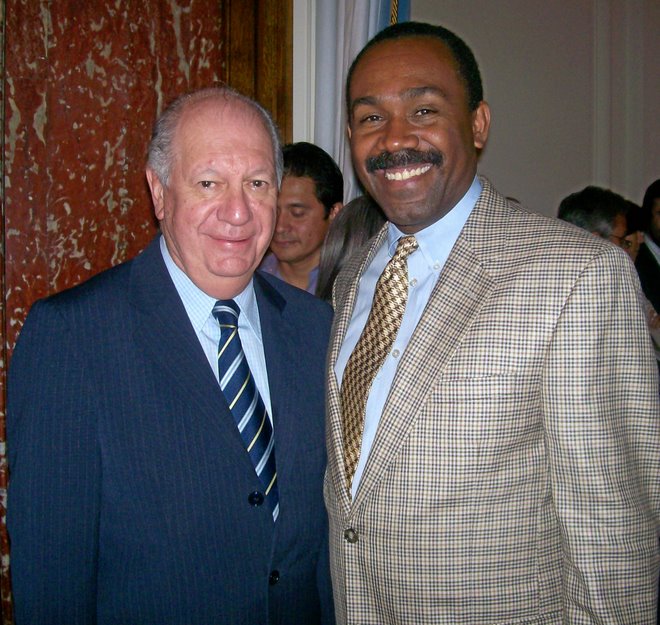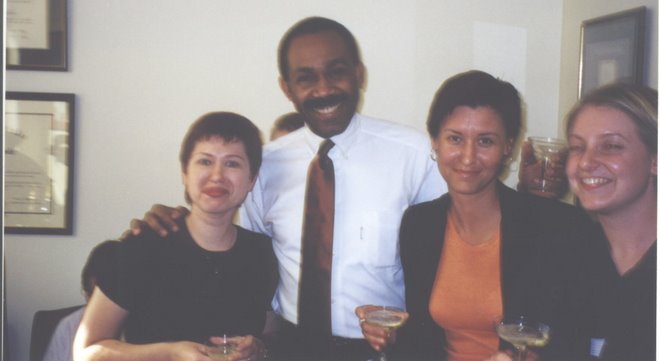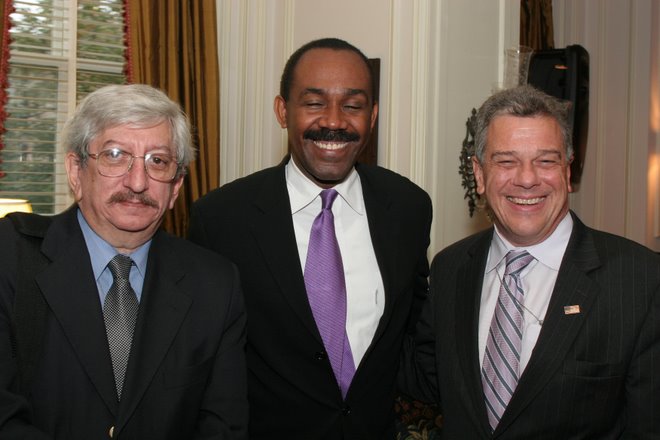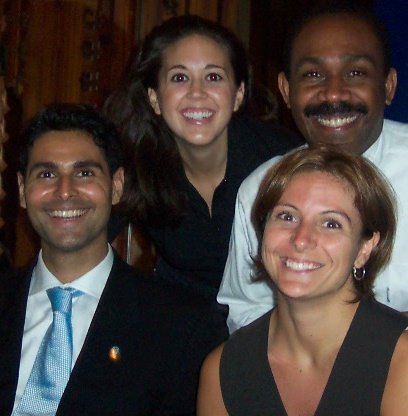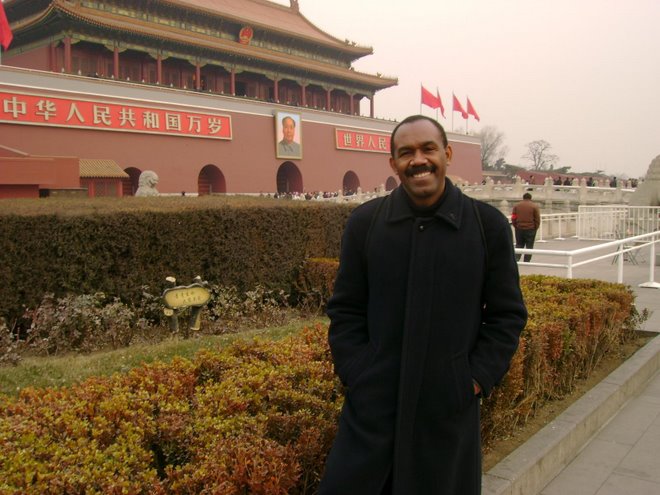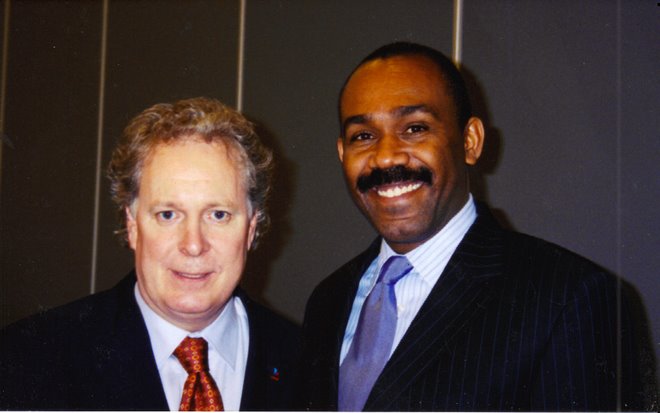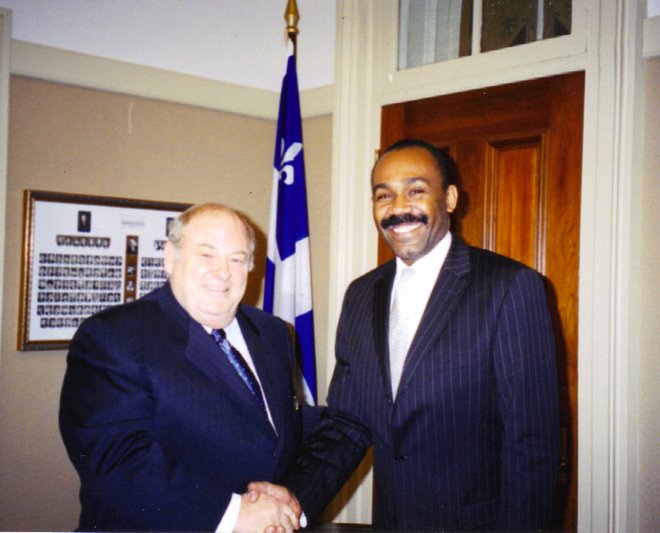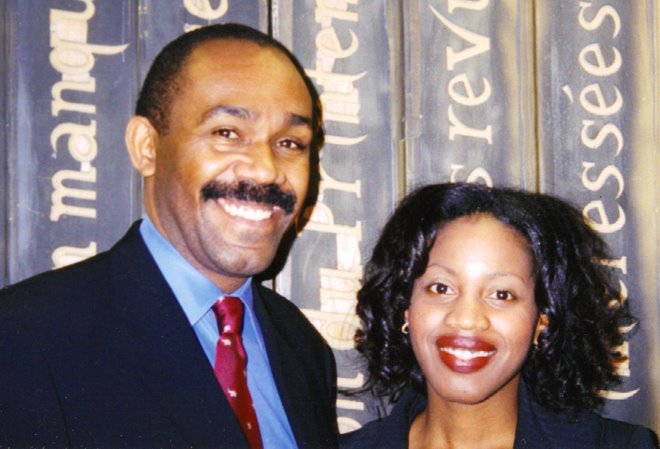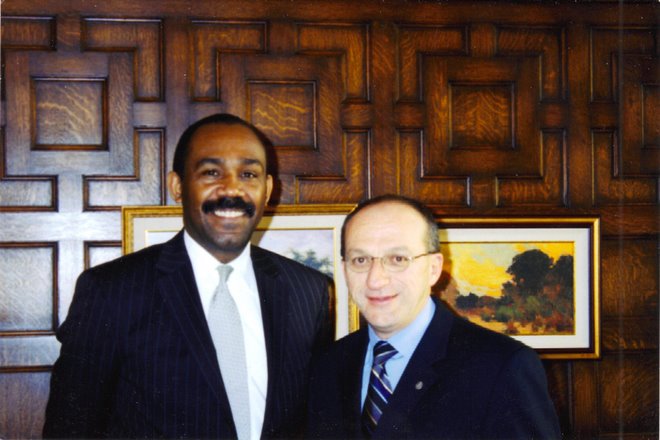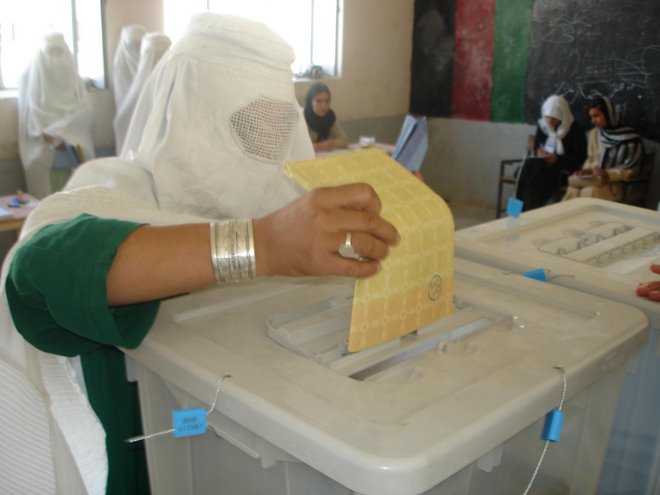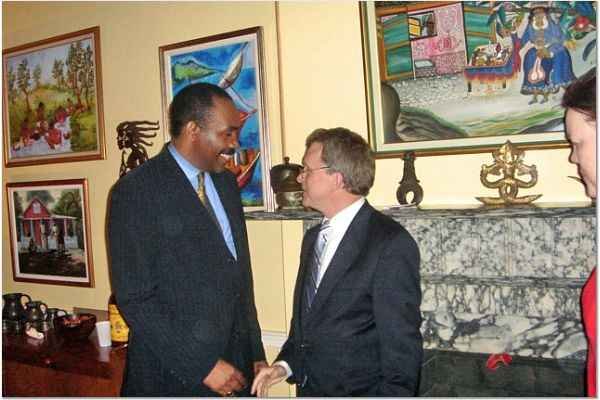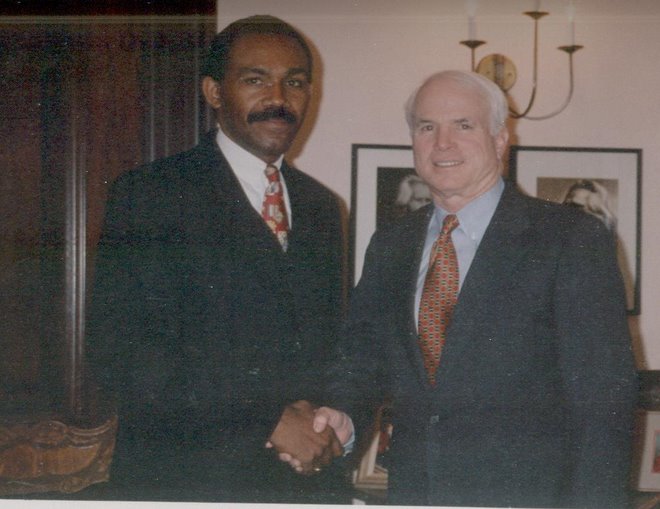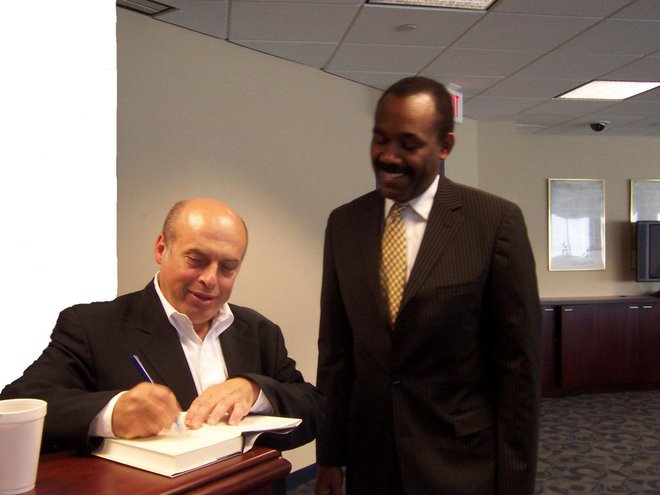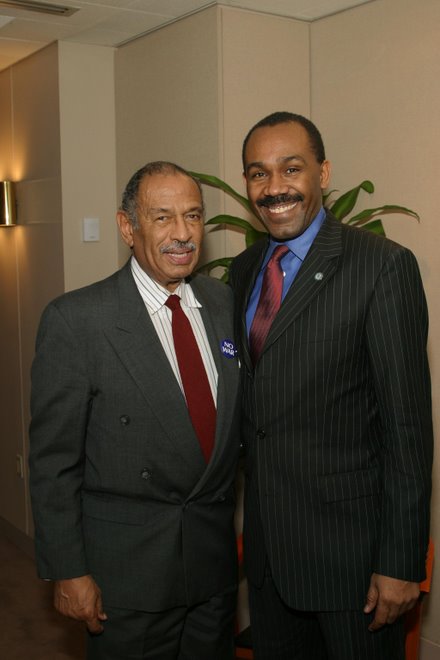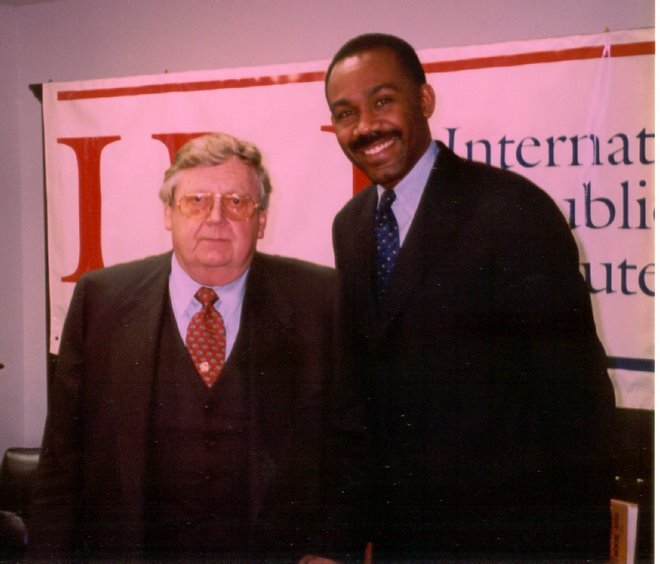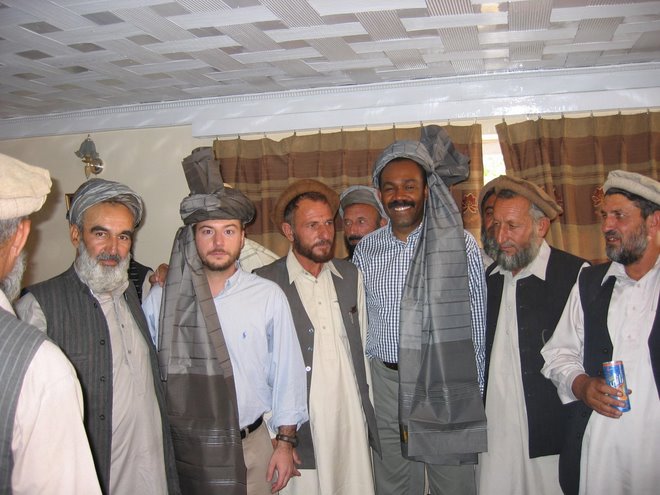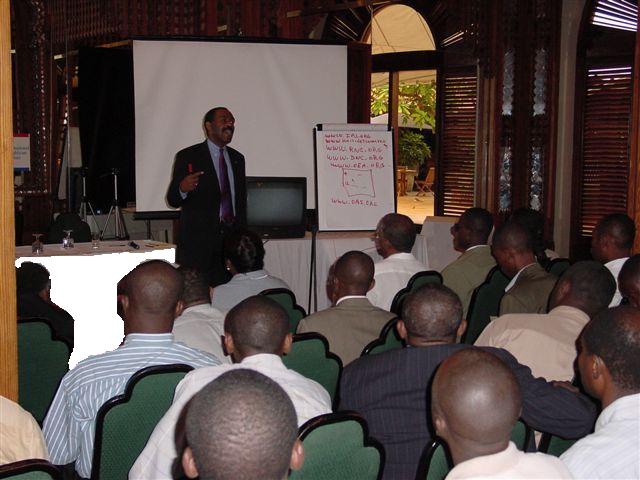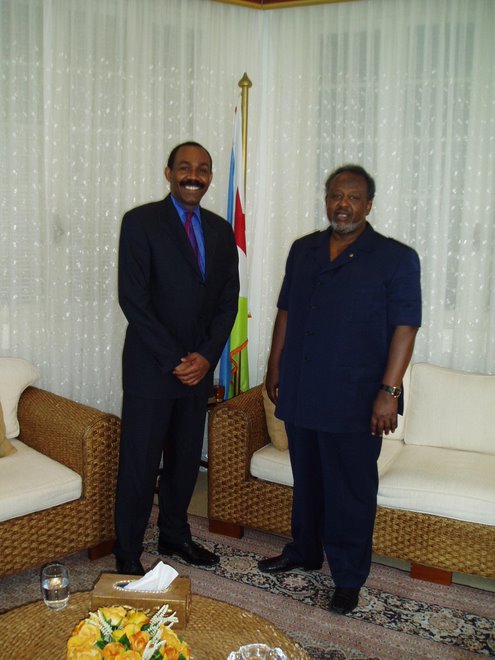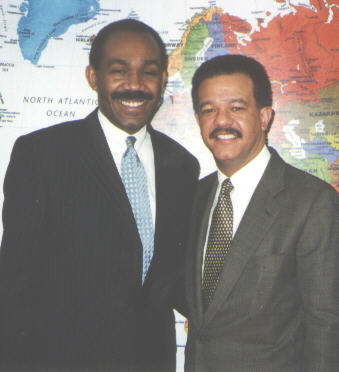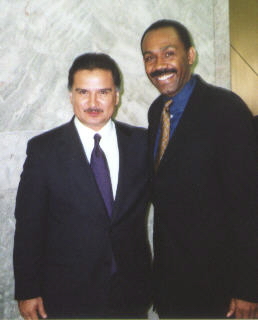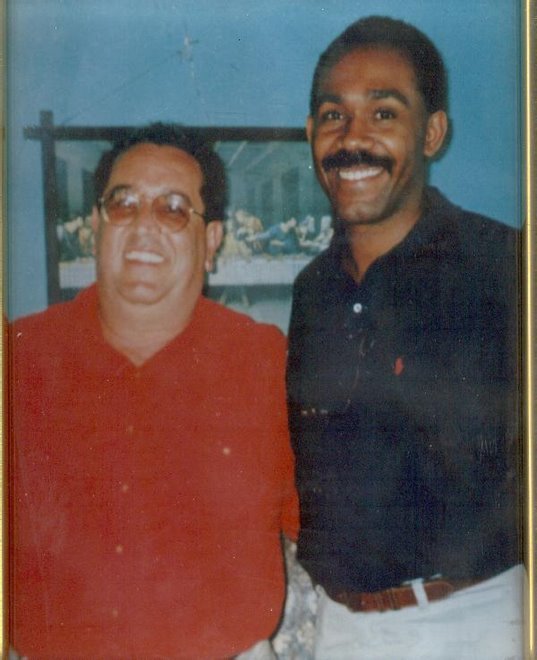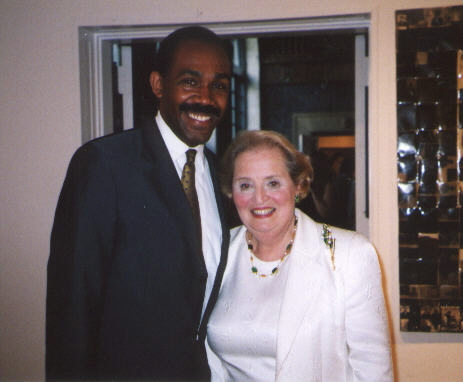Haiti is a source, transit, and destination country for men, women, and children subjected to forced labor and sex trafficking. Many of Haiti’s trafficking cases are the estimated 150,000-500,000 restaveks – the term for children in forced domestic service. The majority of children that become restaveks do so when recruiters arrange for them to live with families in other cities and towns in the hope of going to school. Restaveks are treated differently from other non-biological children living in households; in addition to involuntary servitude, these children are particularly vulnerable to beatings, sexual assaults, and other abuses by family members in the homes in which they are residing. Dismissed and runaway children, many of whom were former restaveks, as well as many restaveks displaced by the 2010 earthquake, make up a significant proportion of the large population of street children who end up forced into prostitution, begging, or street crime by violent criminal gangs in Haiti. There were some incidents of foreigners procuring child commercial sex acts, including at least two incidents of sexual exploitation and abuse reported by the UN Stabilization Mission in Haiti (MINUSTAH). There have been documented cases of Dominican women in forced prostitution in Haiti.
NGOs monitoring the Haitian-Dominican border reported that children frequently cross the border illegally, often in the company of an adult who is paid to pretend to be the child’s parent or guardian until they get to the other side. Some of these children are reunited with parents working in the Dominican Republic, but others are believed to be forced into organized begging rings or in domestic servitude. Authorities have also reported regularly seeing trucks full of children heading for the border, as well as “mobile brothel” trucks containing people in prostitution, driving from town to town and across the Haitian-Dominican Republic border.
Haitian men, women, and children also are subjected to forced labor and sex trafficking in the Dominican Republic, other Caribbean countries, the United States, and South America. The groups most at risk to trafficking were those from the lowest income backgrounds, especially undocumented Haitians. One Haitian government report estimated that the births of more than 10 percent of Haitians were not registered. The Government of Haiti does not fully comply with the minimum standards for the elimination of trafficking; however, it is making significant efforts to do so. Despite these efforts, the government failed to demonstrate evidence of increasing efforts to address human trafficking over the previous reporting period; therefore, Haiti is placed on Tier 2 Watch List. The absence of strong legislation criminalizing all forms of human trafficking and related policies or laws on victim protection severely limited the government’s ability to prosecute trafficking offenders and protect victims. Still recovering from the 2010 earthquake, coordination of anti-trafficking activities remained a challenge and support for victims was almost exclusively donor funded because of the lack of capacity in existing and weak government institutions. However, government officials worked with NGOs to rescue child trafficking victims.
Recommendations for Haiti
Enact legislation prohibiting sex trafficking and all forms of forced labor, including domestic servitude, with penalties that are proportionate to other serious crimes such as rape; investigate, prosecute and convict trafficking offenders, including persons abusing restaveks or prostituting children under 18, using available legal instruments; adopt laws or policies to guarantee victims are not punished for crimes committed as a direct result of being trafficked; in partnership with NGOs, adopt and employ formal procedures to guide officials in proactive victim identification and referral of child and adult victims to appropriate shelters and services; raise awareness through high-level public statements to inform the public about the causes and consequences of forced labor and forced prostitution; and establish an inter-ministerial task force to plan and coordinate the government’s anti-trafficking efforts.
Prosecution
The government did not make discernible progress in prosecuting traffickers during the reporting period because Haiti does not have a law or laws specifically prohibiting trafficking in persons. Draft human trafficking legislation remained pending in Parliament during the reporting period. There were some laws that could potentially be used to prosecute some trafficking offenses, such as the Act on the Prohibition and Elimination of All Forms of Abuse, Violence, Ill-treatment or Inhumane Treatment against Children of 2003, but the government did not report any prosecutions or convictions of any trafficking offenders in Haiti under this law or under any other statutes during the reporting period. The Brigade for the Protection of Minors (BPM), the government agency responsible for investigating crimes against children, reported initiating 42 cases of child trafficking, resulting in 25 arrests during the reporting period. During the reporting period, the Haitian government attempted to extradite to the Dominican Republic a person charged with trafficking; however, because no extradition agreement exists between the two countries and there was no clear law against trafficking in Haiti, authorities released the individual after a two-week detention period without charge. The absence of legislation also contributed to confusion among elements of the Haitian government and some of its international donors regarding the crimes of human smuggling, human trafficking, and illegal adoption. In addition to the absence of trafficking legislation, other impediments included widespread corruption; the lack of quick responses to cases with trafficking indicators; the slow pace of the judicial branch to resolve criminal cases; scant funding for government agencies; and low government capacity in general. Specialized training for officials on assisting trafficking victims and investigating human trafficking was limited during the reporting period, but officials participated in training that addressed trafficking sponsored by international organizations, NGOs, and foreign donors, including one training bringing together Dominican and Haitian officials.
Protection
The government made limited progress in the protection of trafficking victims during the reporting period. The government did not track data regarding trafficking victim identification and lacked formal victim identification and assistance procedures and resources. NGOs working with the government were able to identify over 1,000 trafficking victims during the reporting period. The government did not provide direct or specialized services to trafficking victims; however, the government referred suspected cases to donor-funded NGOs which provided shelter, food, medical, and psychosocial support. NGOs reported that they had good working relationships with individual government officials, and the leadership of BPM and the government’s social welfare ministry (IBESR) expressed commitment to helping child trafficking victims during the reporting period. Due to budgetary limitations, one senior official used personal funds to provide food for child trafficking victims. One NGO reported that the government assisted it in the safe repatriation of 20 child trafficking victims to their biological families or legal guardians during the reporting period. The government did not have formal trafficking victim protection policies to encourage victims to assist in the investigation and prosecution of trafficking offenders. Moreover, the government did not provide immigration relief for foreign victims of human trafficking facing retribution in the countries to which they would be deported or legal protections to ensure victims were not punished for crimes committed as a direct result of being
in a human trafficking situation.
Prevention
Efforts to prevent new incidents of human trafficking in Haiti were largely driven by international organizations and NGOs. There were no reports of government funded anti-trafficking information campaigns conducted or hotlines established during the reporting period. The government did not have a national plan of action to address trafficking in persons in a strategic way; officials expressed the desire to put together such a plan. No single agency or official had the lead in anti-trafficking efforts, and there was no inter-ministerial group to coordinate the government’s response to forced labor and sex trafficking. In an action that helped to prevent abuse of children and child trafficking, the newly installed head of IBESR closed several unregulated children care centers. There were no known measures by the government taken during the reporting period to reduce the demand for commercial sex acts.


















































































































-3.jpg)


.jpg)





.jpg)











.jpg)
.jpg)
.jpg)
.jpg)
.jpg)
.jpg)


















